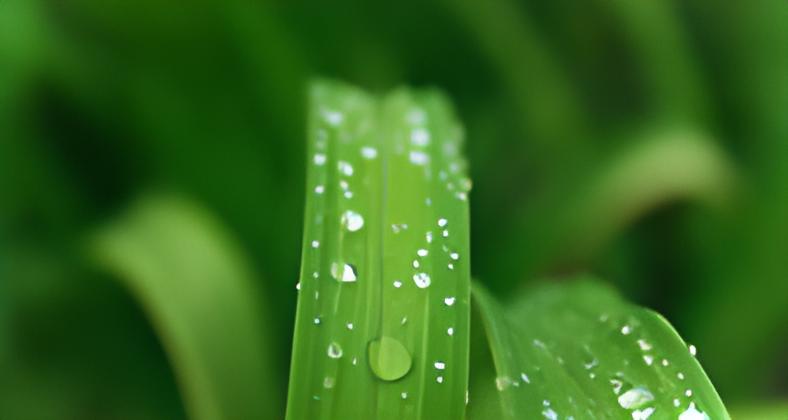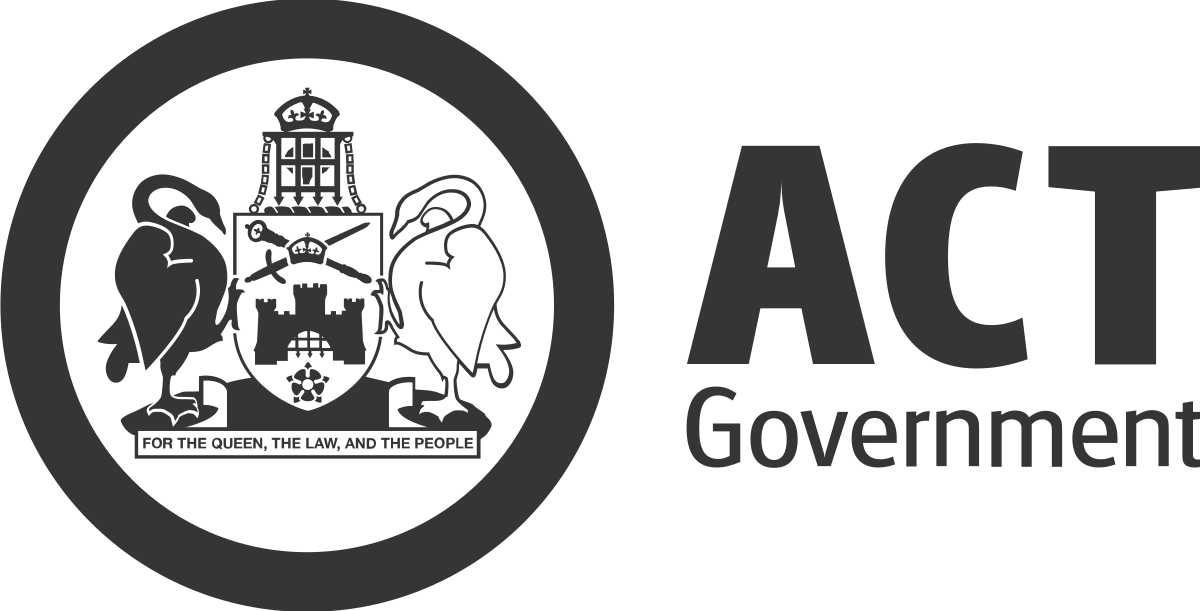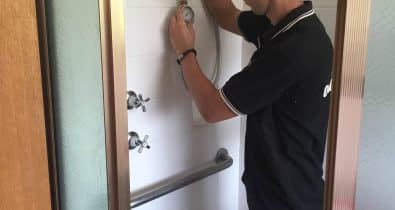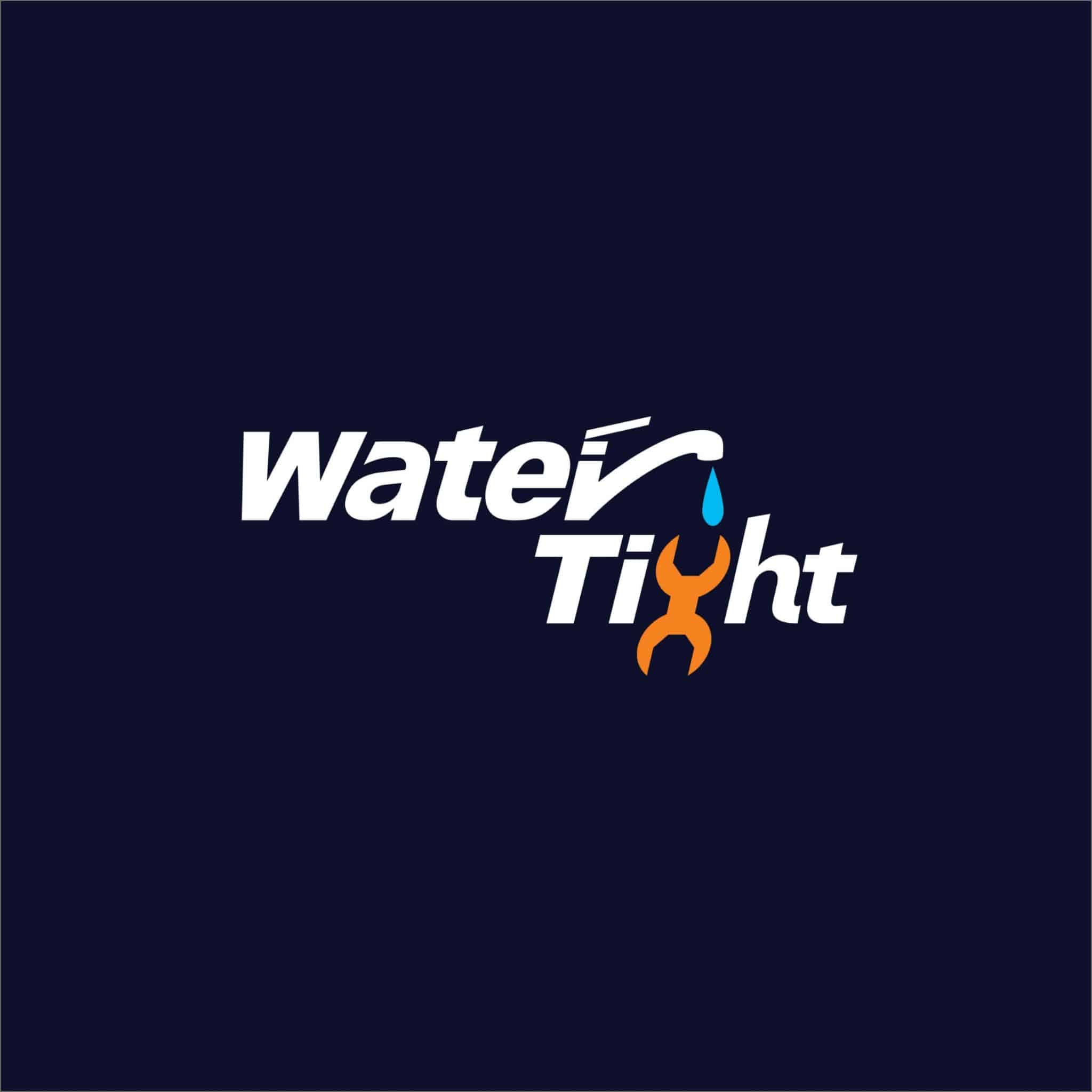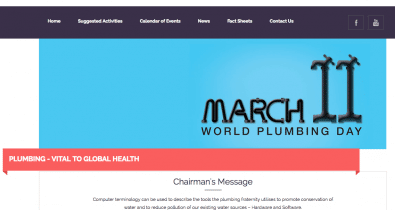Irrigation can be a funny “no man’s land” in a strata’s assets and is often left neglected for a long period of time. This results from a couple of key issues.
- Having Irrigation diagrams/plans are not legally required at the handover of the building. When you consider that there is normally alot of irrigation Zones, and each zone has its own pipework leading to it and then pipework to many sprinkler heads or dripper hose installations, this seems crazy. Worse than this, anything downstream of the solenoid becomes extremely hard to trace as it is plastic pipework installed without a trace wire.
- Leaks, blockages and burst pipes on an irrigation system are extremely difficult to notice if you are not specifically targeting them. This is due to the fact that an irrigation system only runs for a short period of time, so a burst pipe is not there and obvious 24/7, only when the zone is active. If a sprinkler is not operating, unless you are specifically looking for the fault, you would not know if it should turn on with the current running zone, or the zone that runs after this one. Most of the time it is only noticed when the plants that it is irrigating start to die off.
- Legally, all work on the irrigation system needs to be done by a licensed plumber, however, most plumbers are not interested in becoming a horticulturist and are concerned that if they maintain the irrigation system and plants die due to over or under watering they will be blamed. As a result of this, gardeners and horticulturists often end up maintaining parts of the system who not only can’t legally conduct the work assuming they don’t also hold a plumbing license, but also don’t really carry the required tools and full array of fittings.
- Despite a full irrigation asset being worth 10’s or even 100’s of thousands of dollars, systems are often neglected because of the above three complications and the fact that as it fails, each failure is small on its own but creates compounding issues. Over a period of time, a large number of issues compile and the effort required to restore the system can become much larger than maintaining it correctly in the first place.
When engaged to take on irrigation for a new complex, we follow the below process
- Stage 1 – is a combined step of creating an irrigation plan that clearly shows us where the key components of the irrigation system are, including the Controller, Filters, Solenoid Valves and Sprinklers or Drippers. At the same time as doing this, we go through the entire sprinkler and pipework system and repair any faults discovered along the way. This needs to be done in a single stage as often a fault will prevent you from moving on down the system.
- Stage 2 – Once we know exactly what and how the irrigation system is servicing we would make an assessment of the existing systems control features. Systems that are over 15 years old are normally very far behind in technology. For example, a modern controller that is connected to the internet will read the weather report and adjust its watering to suit. On a hot day, it will water more, if rain is expected this afternoon it won’t water this morning. If the expected rain never shows up it will start a watering program to compensate. With onsite rainwater sensors and flow meters, the system can do far more including detecting abnormalities. ie, If Zone 1 normally runs for 15 minutes and uses 300 litres of water however today it ran for 15 minutes and used 1000 or no litres, there is obviously a fault in the system that needs to be repaired. Generally, a very small investment in equipment upgrades can be saved in water savings across the first.
- Stage 3 – We would then maintain the existing system. Aside from monitoring the usage statistics online, assuming the stage 2 quote was implemented or that the existing system has Smart capability, we would also attend to site several times per year to test each zone and make repairs as required and keep the system in a quality operating way. As we DO NOT get involved with the plant life maintenance, we would also communicate with your horticulturist/gardener, We would alert them to the current zone and system settings and ask them to communicate with us when more or less water is required in a zoned area.
